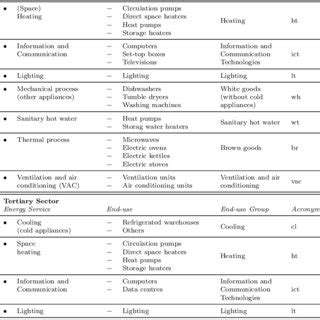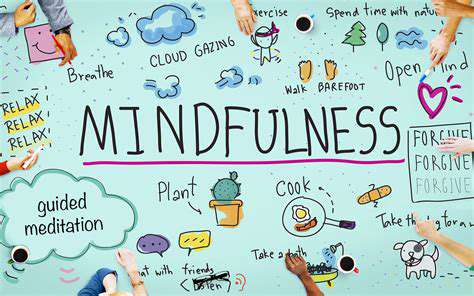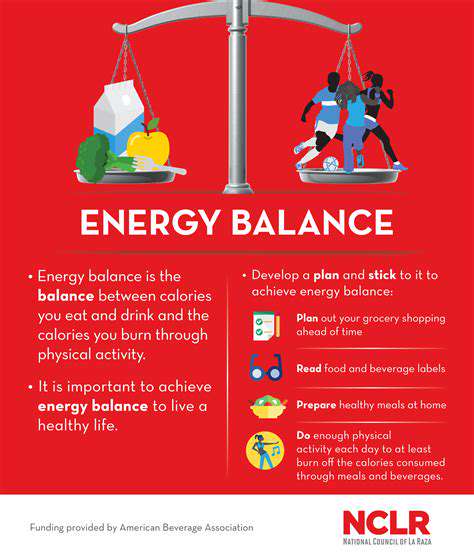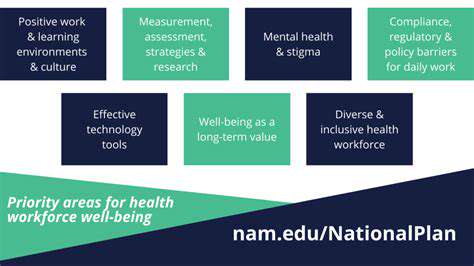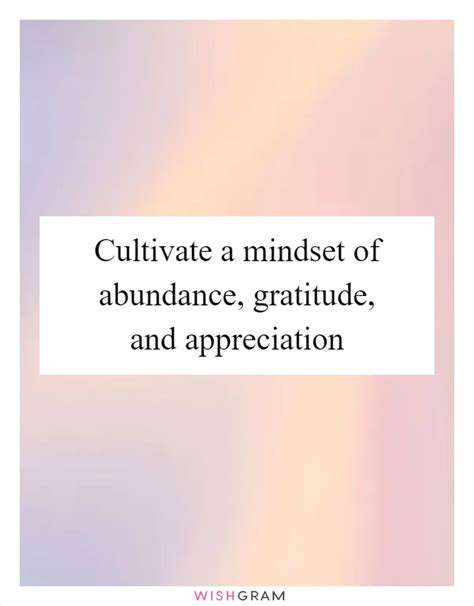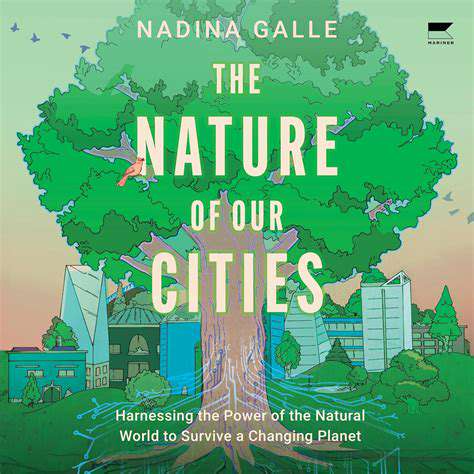Feng Shui for Happy Families: Harmony at Home
First Impressions That Last
Your entryway serves as the initial handshake with your home, setting the emotional tone for both visitors and residents alike. A disorganized or gloomy entrance can unconsciously influence the entire household's mood for hours. Thoughtful design choices here ripple through your living space, affecting family dynamics and personal well-being. The entryway's aesthetic communicates your home's personality before a single word is spoken.
Light plays a crucial role - consider how morning sunlight filters through windows or how evening lamps cast welcoming glows. Mirrors should be positioned thoughtfully, not just to check appearances but to amplify light and create spatial illusions that make compact areas feel expansive.
Clearing the Energy Pathways
Clutter acts as visual noise that disrupts mental clarity. Implementing smart storage solutions transforms chaotic entryways into serene transitional spaces. Designate specific homes for daily essentials - a beautiful bowl for keys, custom cubbies for shoes, artistic hooks for outerwear. This systematic approach prevents the accumulation of random items that can energetically weigh down the space.
Regular maintenance is key - perhaps institute a weekly entryway audit where family members evaluate what's necessary and what's accumulated unnecessarily. This practice maintains the flow while teaching valuable organizational skills.
Reflective Enhancements
Mirror placement requires careful consideration beyond mere functionality. Position them to capture and redirect natural light throughout the day. Avoid reflecting cluttered areas or direct views of the front door, as this can create energy rebound in Feng Shui principles. Instead, angle mirrors to showcase beautiful artwork or architectural details.
Color's Emotional Impact
Hue selection should consider both the home's architectural style and the psychological effects of color. Earthy terracottas promote grounding, while soft sage greens encourage renewal. For north-facing entries that receive little light, warm peaches or buttery yellows can compensate for the lack of natural warmth. Always test paint samples at different times of day to observe how natural and artificial lighting affects the tones.
Illumination Strategies
Layered lighting solutions address various needs - overhead fixtures for general illumination, wall sconces for ambient glow, and focused task lighting for specific areas like console tables. Consider installing dimmers to adjust lighting intensity throughout the day, creating different moods as needed. Motion-activated lighting can provide both convenience and security for evening arrivals.
Intelligent Storage Design
Built-in solutions often provide the most seamless integration, such as recessed coat closets or under-stair cubbies. For smaller spaces, multifunctional furniture like storage benches or mirrored cabinets maximize utility without sacrificing style. The golden rule: every stored item should have both a practical purpose and contribute to the space's aesthetic harmony.
Ancient Wisdom for Modern Entryways
Traditional Feng Shui principles suggest keeping the area immediately inside the door clear for energy circulation. The Bagua map can guide element placement - perhaps a small water feature to the left (knowledge area) or vibrant plants to the right (family area). Ensure the entryway flows naturally into adjacent spaces without abrupt transitions that disrupt energy movement.
Kitchens: Heart of the Home

Unleashing Culinary Potential
Transforming kitchen activities from chores to creative expressions requires both mindset shifts and physical adjustments. The kitchen's layout should facilitate a natural workflow between preparation, cooking, and cleaning zones. This intuitive design reduces frustration and allows more mental space for culinary experimentation.
Invest in tools that bridge functionality and beauty - perhaps handcrafted wooden spoons, hand-thrown ceramic bowls, or heirloom-quality knives. When tools delight the senses, cooking becomes a multi-sensory experience rather than mere sustenance preparation. Organize ingredients visibly in glass containers when possible, turning practical storage into visual appeal.
Foundational Skills Building
Mastery begins with knife skills - not just chopping, but understanding how different cuts affect cooking times and flavor distribution. Temperature control represents another fundamental; recognizing when oil shimmers perfectly for sautéing or when a pan has reached ideal searing heat. These technical foundations free cooks to focus on creative combinations rather than mechanical processes.
Exploring various heat applications - from quick stir-fries to slow braises - teaches how different methods transform ingredients. Each technique offers unique possibilities: roasting caramelizes sugars, steaming preserves nutrients, while sous vide ensures precise doneness. This knowledge empowers adaptation based on available ingredients and desired outcomes.
Dining as Experience
Table setting constitutes an edible art installation where every element contributes to the dining narrative. Mix textures - smooth porcelain against rough linen, delicate crystal beside rustic pottery. Thoughtful place settings signal respect for both the food and the diners, elevating the meal from consumption to communion. Even solo dining deserves this level of attention; treating yourself with such care reinforces self-worth.
Consider the multisensory experience - background music volume that allows conversation but sets mood, lighting that flatters both food and faces, even tactile elements like cloth napkins versus paper. These details, often overlooked, cumulatively create memorable meals.
Holistic Nourishment
Sourcing ingredients connects cooking to larger systems - local farmers markets foster community while ensuring peak freshness. Understanding seasonality aligns meals with natural rhythms, providing varied nutrition throughout the year. This awareness transforms grocery shopping from task to treasure hunt for quality components.
The kitchen can become a moving meditation space - the rhythmic chopping, the focused stirring, the aroma monitoring. This present-moment awareness during meal preparation often proves as therapeutic as the eating itself. Cooking becomes self-care when approached with mindfulness and intention.
Bedrooms: Sanctuary Design

Atmosphere Crafting
Bedroom lighting should follow circadian principles - bright, cool tones for morning alertness transitioning to warm, dim lighting in evenings. Layer blackout curtains with sheer panels for flexibility in light control. The bed itself deserves investment as the room's centerpiece - quality mattresses and natural fiber bedding significantly impact sleep quality.
Biophilic design elements bridge indoors and out - living green walls, natural wood furniture, or even a small indoor fountain. These connections to nature reduce stress hormones and lower blood pressure. For urban dwellers, nature photography or landscape paintings can provide similar psychological benefits when actual greenery isn't feasible.
Sleep Routine Development
Consistency proves more valuable than duration - maintaining regular bedtimes even with varying wake-up times helps regulate sleep architecture. Develop pre-sleep rituals that signal nervous system downshifting - perhaps tea brewing followed by journaling, or specific stretching sequences. These patterned behaviors create neurological associations that ease the transition to sleep.
Digital sunsetting - gradually reducing screen time before bed - allows melatonin production to rise naturally. Replace evening scrolling with analog alternatives like novel reading, puzzle solving, or sketching. The key is engaging yet not overstimulating activities that occupy the mind without activating stress responses.
Environment Optimization
Temperature regulation involves more than thermostat settings - moisture-wicking bedding for hot sleepers, breathable layers for cold seasons. Many overlook humidity's role; consider hygrometers to monitor levels, with humidifiers or dehumidifiers as needed for the 40-60% ideal range. Air circulation matters too - slightly open windows or air purifiers prevent stale air without creating disruptive drafts.
Acoustic considerations extend beyond noise masking - some find rhythmic sounds (rain, ocean waves) more soothing than white noise. Experiment with different sound profiles to identify what best facilitates your sleep onset. Even subtle vibrations from street traffic can disrupt sleep cycles, making vibration-dampening solutions valuable for urban bedrooms.
Lifestyle Integration
Nutrition impacts sleep beyond just caffeine avoidance - magnesium-rich foods support muscle relaxation, while tryptophan-containing foods aid melatonin production. Hydration timing requires balance - sufficient to prevent night waking from thirst, but not so much as to necessitate bathroom trips.
Exercise timing varies by individual - some thrive with evening workouts that relieve stress, while others find them overstimulating. The key is self-observation - track how different timings affect your sleep quality rather than following generic advice. Gentle movement like yoga or tai chi often makes excellent pre-sleep activities regardless of your primary exercise routine.
Sleep Health Awareness
Persistent sleep difficulties often indicate underlying issues worth professional evaluation. Sleep studies can reveal disorders like apnea or restless leg syndrome that sabotage rest despite good sleep hygiene. Modern sleep tracking technology provides valuable data, but interpretation requires professional context to avoid misinterpretation. Temporary sleep disruptions may reflect life circumstances rather than disorders - the key is duration and severity.
Cognitive Behavioral Therapy for Insomnia (CBT-I) offers drug-free solutions for many sleep challenges, addressing both behaviors and thought patterns surrounding sleep. This approach often proves more sustainable long-term than pharmacological solutions for non-medical insomnia.
Stress Modulation Techniques
Mindfulness practices needn't be time-consuming - even three minutes of focused breathing can interrupt stress cycles. Progressive muscle relaxation offers another efficient option, systematically tensing and releasing muscle groups to induce physical calm. The bedtime version of the worry journal - writing down concerns with planned next-day solutions - prevents repetitive nighttime rumination.
Sensory grounding techniques engage the present moment - noting five things you see, four you feel, three you hear, two you smell, one you taste. This simple exercise shifts focus from anxious thoughts to immediate experience, often allowing sleep to naturally follow.
